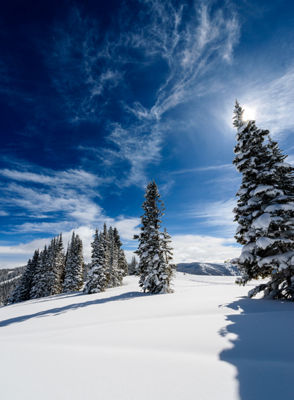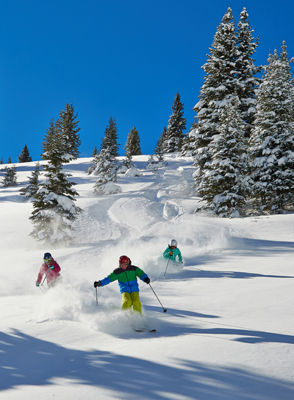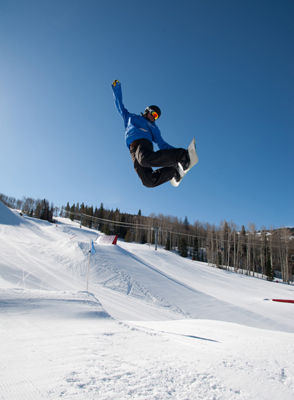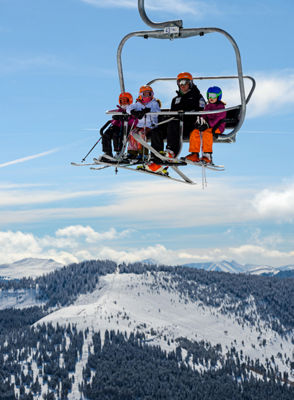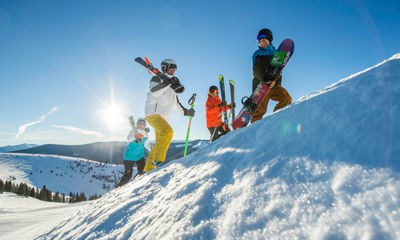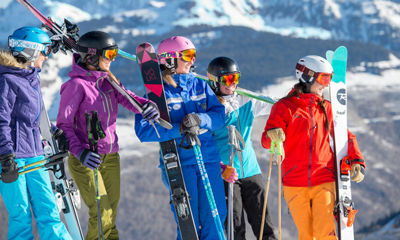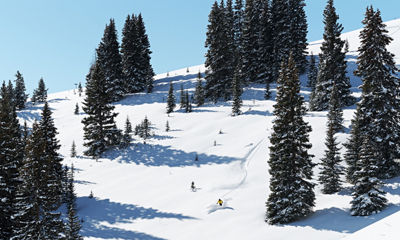Safety & Experience
Own Your Safety
Own Your Experience
We know your time on this mountain is precious. Learn about different aspects of safety at Vail Mountain by clicking into the categories shared here: from an overview of Ski Patrol duties to tips on mountain wellness to tricks for first-time terrain park visitors and more, we’ve put together a broad spectrum of information to make every moment count.
Thanks for reading!
vail Logo


